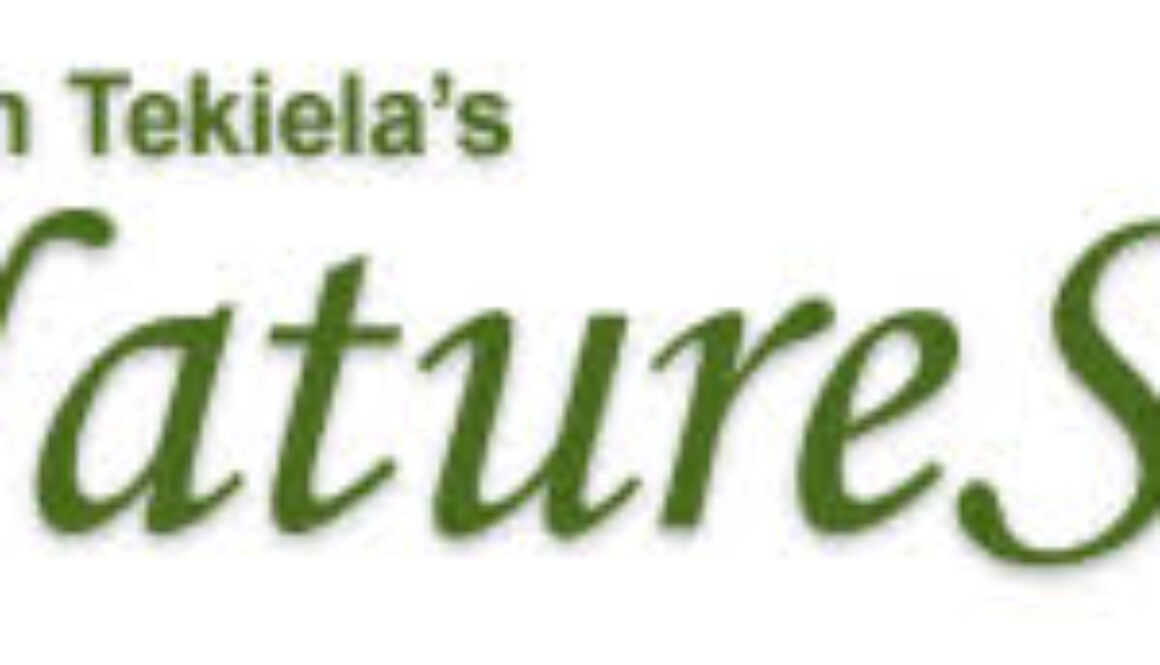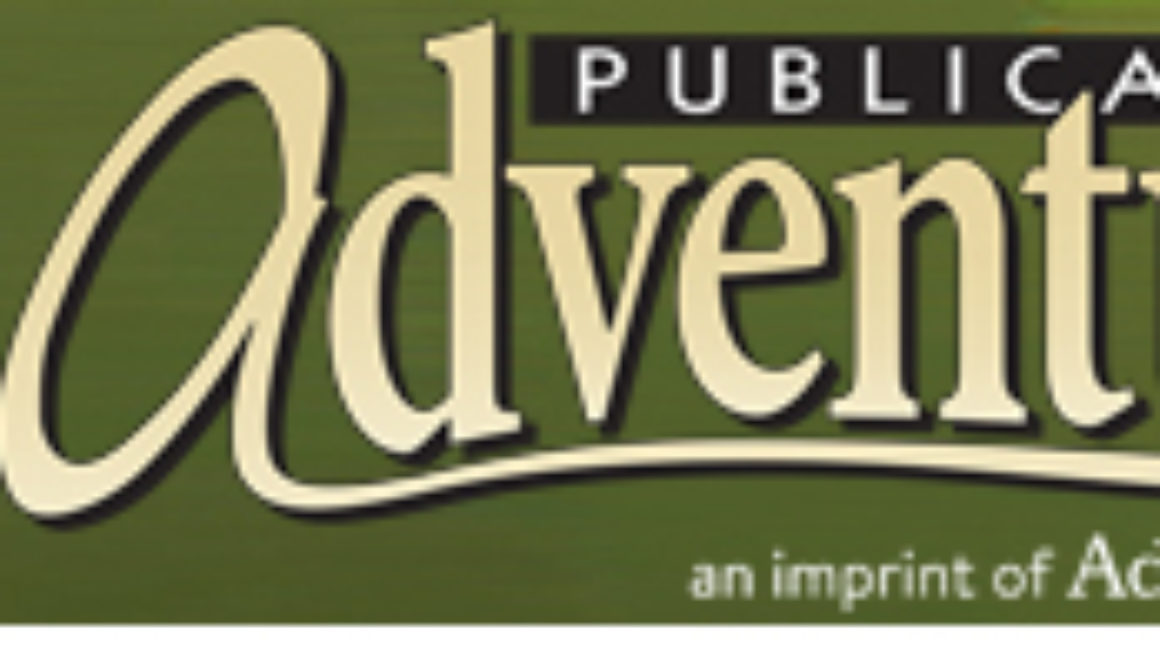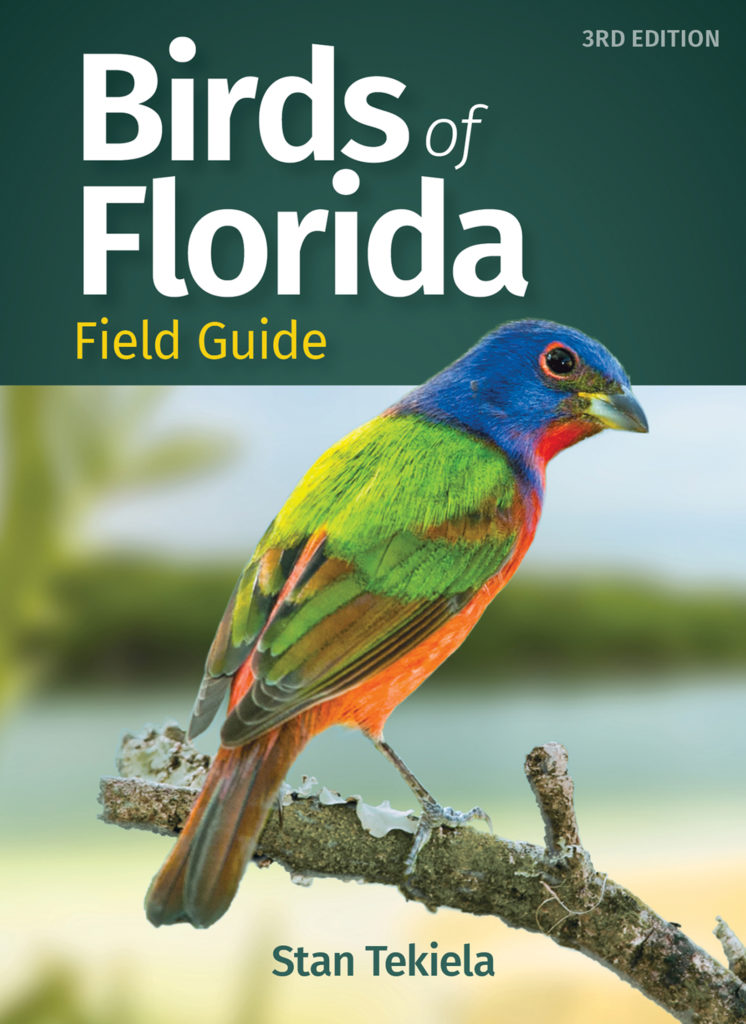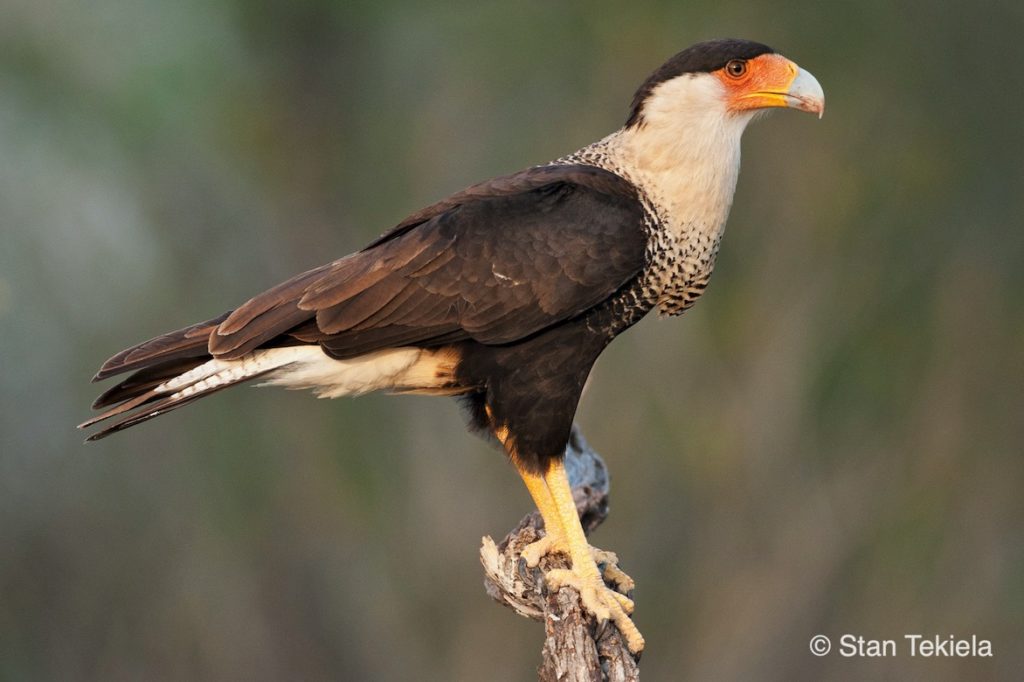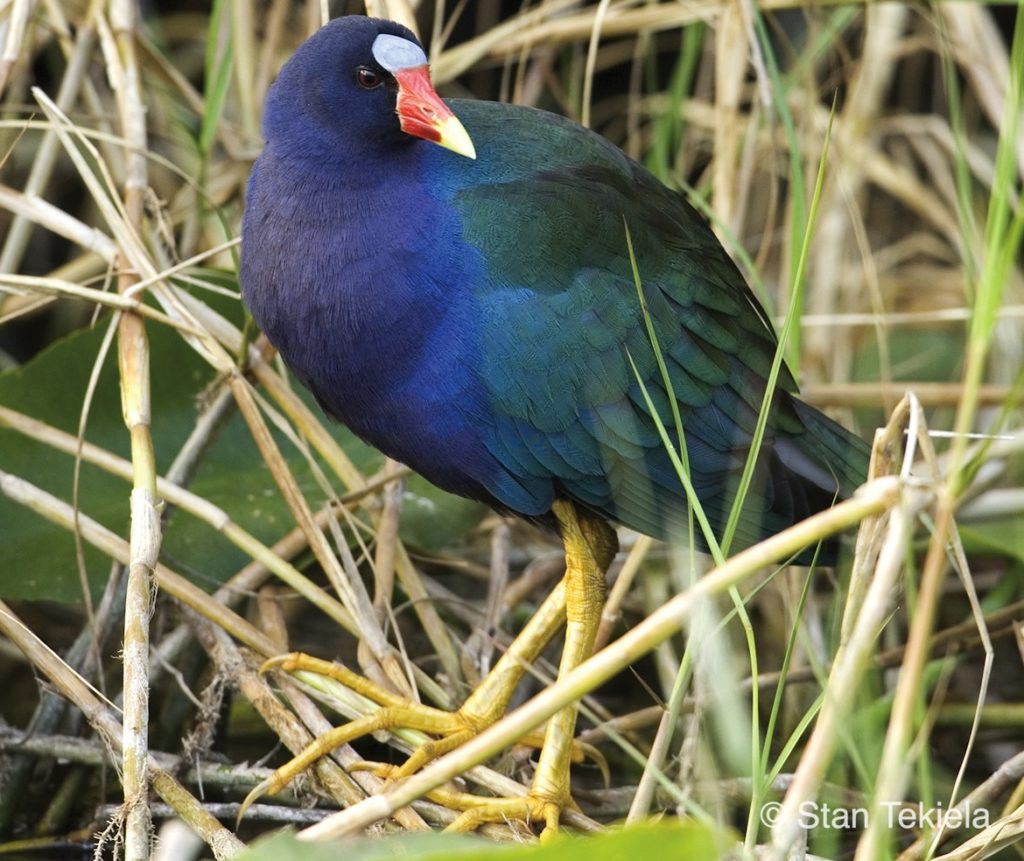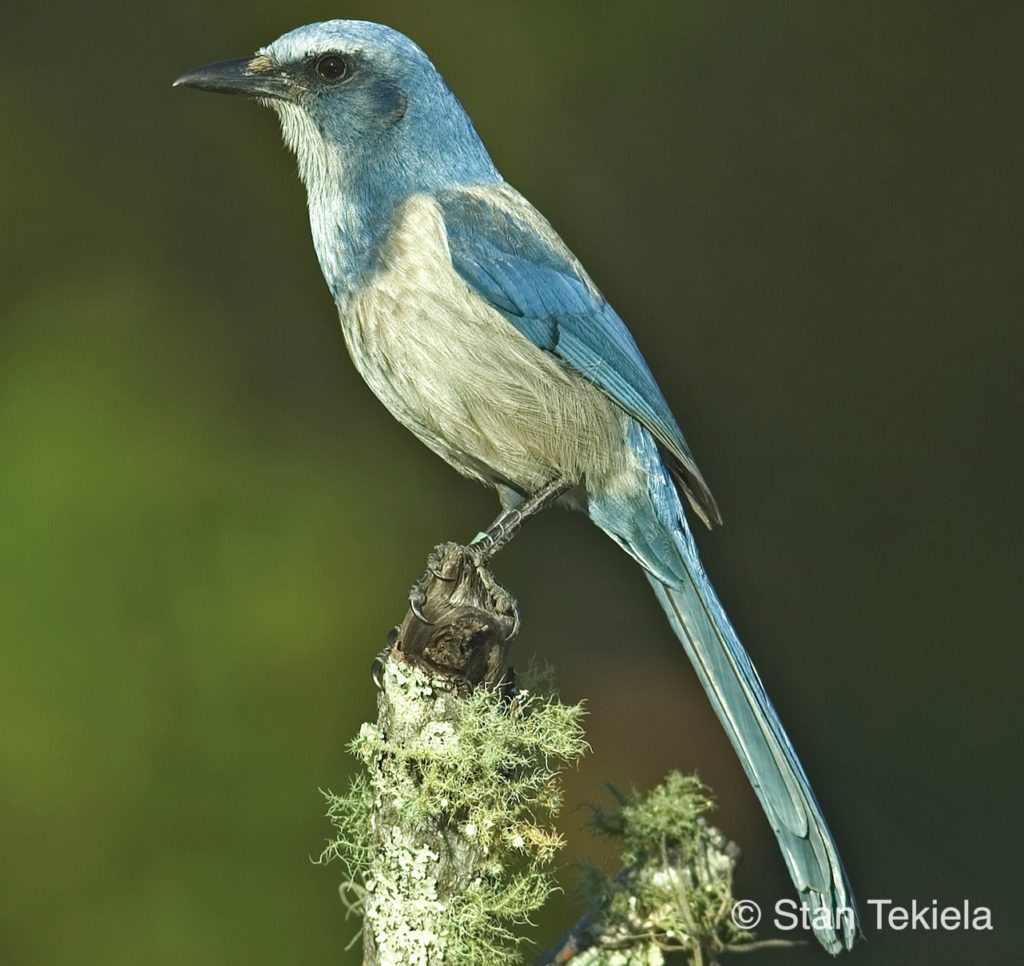Stan Tekiela’s Column: Sherman’s Fox Squirrel
I find diversity to be the special ingredient underpinning the strength of Mother Nature. This was abundantly clear last week when I was in Florida to photograph a very specific variation of the common and widespread eastern fox squirrel (Sciurus niger). I was in search of the Sherman’s fox squirrel (Sciurus niger shermani), a subspecies that only occurs in a handful of places in Florida and a couple of other states.
The fox squirrel is the largest of the tree squirrels found in North America. Eastern fox squirrels measure 20 to 30 inches, from tip of nose to end of tail, and they weigh around 2-3 pounds. The Sherman’s fox squirrel is large and unusual looking, and it requires stands of longleaf pines with a scattering of oaks for its habitat, as it feeds on the seeds of these trees.
Just the overall appearance of this squirrel makes it worth going out of your way for a sighting. It has a black head, forelegs, and back. In contrast, its ears and the tip of its nose are bright white. Its belly is tan to cream, and it has a huge fuzzy tail that can be black to silver.
Of course, in order to photograph one of these super-shy and secretive squirrels, I did a lot of Internet searches to learn of possible locations. After sitting up late into the night, I made a list of possible spots. In the morning, I started making some calls. Most of the places were state and county parks. I called all of them. Only one had a staff member who picked up the phone and said yes, the park had a couple of these squirrels. I dropped the phone and started driving. Upon arrival, I was given a map. It was a 5-mile hike out to the location, so I picked up some water, snacks, and my camera gear and headed out. When I arrived in the area, I could see evidence of a Sherman’s fox squirrel eating the large cones produced by the longleaf pine trees, but I didn’t see the critter. I was exhausted by the time I got back to my truck. The search continued.
While driving through central Florida, I stopped at another state park that had the right habitat. I drove in and talked to a staff member. He basically laughed in my face and said, “Good luck, buddy!” They are hard to find and super shy. The same thing happened at the next several parks where I stopped.
Next, I drove 1.5 hours south to a natural preserve recommended by someone on Facebook. Upon arrival, I saw that the habitat wasn’t right. I drove down the road a little farther and saw a guy in his driveway. I risked it and drove onto the property. The homeowner wasn’t too pleased to see me. He said, “We don’t get many people out in the country.“ I inquired about the squirrels, and he said he had never seen one in the area in his life. I was off again.
I made a couple more phone calls and sent a few text messages to Florida friends who understand wildlife. I got a few replies but no solid leads. The search continued like this for three days, but nothing panned out. It was getting very frustrating, and I was beginning to think I wouldn’t be able to find one of these elusive squirrels anywhere.
A friend who was born and raised in Florida knew of the species and said the only place he had ever seen one was along a rural road in the middle of nowhere. I had run out of leads and thought it was worth a try. One morning around 10 a.m., I rolled up in the general area that my friend told me about. I had little-to-no hope of seeing the creature when, all of a sudden, I spotted one about 50 feet off the road, heading toward a fence!
I pulled the truck over and got out. I was able to grab a few images of the fleeing squirrel. It sat on the fence long enough for me to capture a few more photos. It then jumped to a tree, allowing time for a couple more images. I came back a few times over the next several days and managed to capture a few more images. It was amazing. Until next time…
Stan Tekiela is an author, naturalist, and photographer who travels extensively to capture images of wildlife. He can be followed at instagram.com and facebook.com and contacted via his website at naturesmart.com.
If you enjoyed Stan’s post, you might also like: Cranes, Herons & Egrets; Bird Migration: The Incredible Journeys of North American Birds; Wild Birds: North America’s Most Unique Birds; Bald Eagles: The Ultimate Raptors; Owls: The Majestic Hunters; Hummingbirds: Marvels of the Bird World; and, for little tykes, his series of Mamas & Babies board books.
If you enjoyed this post, sign up for our newsletter. #bewellbeoutdoors

